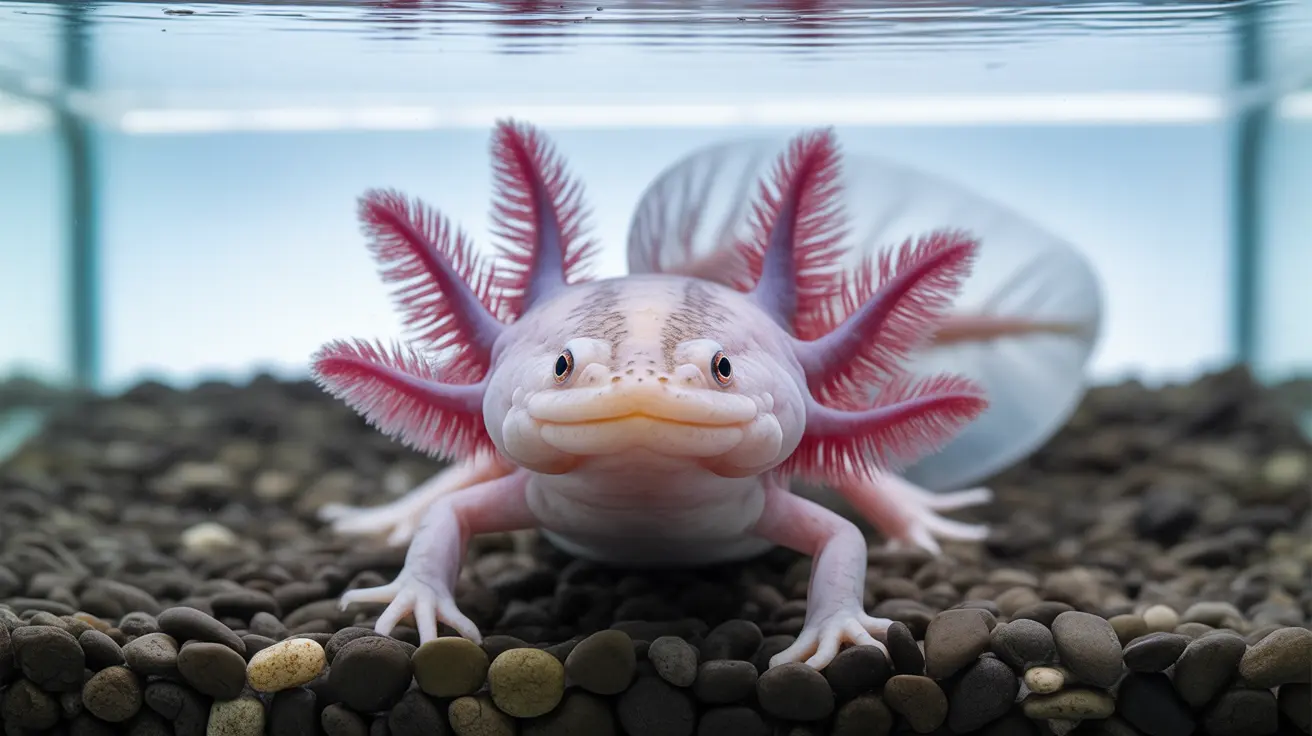From the depths of the ocean to the heights of the rainforest canopy, nature has evolved some truly extraordinary creatures. These animals showcase remarkable abilities that not only help them survive but also make them fascinating subjects of scientific study and wonder.
When we explore cool animals with unique adaptations, we find incredible examples of nature's ingenuity. From regenerative powers to advanced camouflage techniques, these creatures demonstrate how evolution has crafted remarkable solutions to survival challenges.
Remarkable Regenerative Abilities
Axolotl Regeneration: A Medical Marvel
The axolotl, often called the Mexican walking fish, stands out as one of nature's most impressive regenerators. These salamanders can regrow not just limbs and tails, but even portions of vital organs including their heart and brain. This extraordinary capability has made them invaluable subjects for scientific research into regenerative medicine.
Masters of Disguise
Satanic Leaf-Tailed Gecko's Perfect Camouflage
Among the most impressive examples of animal camouflage is the satanic leaf-tailed gecko. Native to Madagascar, these remarkable reptiles can blend seamlessly with tree bark and dead leaves, making them virtually invisible to predators. Their specialized skin texture and coloration perfectly mimic their natural environment.
Chemical Warriors
The Bombardier Beetle's Defense Mechanism
Nature's arsenal includes the bombardier beetle, which employs a unique chemical defense strategy. When threatened, this insect creates a scalding hot chemical spray through a complex reaction in its body, effectively deterring would-be predators.
Intelligence in Action
The Mimic Octopus: Master of Deception
The mimic octopus represents one of the most intelligent examples of animal adaptation. These cephalopods can not only change their color and texture but also mimic the behavior and appearance of multiple other marine species, showcasing remarkable problem-solving abilities.
Extreme Survival Specialists
Freeze-Tolerant Wood Frog
In a remarkable display of adaptation, the wood frog can survive being frozen solid during winter months. This incredible ability involves complex biological processes that allow their cells to withstand freezing temperatures without damage.
Bioluminescent Wonders
The ocean depths host numerous bioluminescent animals that create their own light through chemical reactions. This adaptation serves various purposes, from attracting prey to communication between members of the same species.
Frequently Asked Questions
What are some of the most impressive physical and survival adaptations that make certain animals "cool"?
Animals demonstrate remarkable adaptations including bioluminescence, extreme camouflage abilities, and regenerative powers. Some species, like the bombardier beetle, have evolved explosive chemical defenses, while others can survive freezing temperatures.
How do animals like the axolotl and planarian worm regenerate lost body parts?
Axolotls possess exceptional regenerative cells that allow them to regrow limbs, tails, and even portions of vital organs. This ability is linked to their neoteny, or retention of juvenile characteristics into adulthood.
What defense mechanisms do animals use to protect themselves from predators?
Animals employ various defensive strategies, including the satanic leaf-tailed gecko's advanced camouflage, the bombardier beetle's chemical spray, and some species' ability to autotomize (shed body parts) to escape predation.
The remarkable adaptations of these creatures remind us of nature's incredible diversity and innovation. Understanding these unique features not only satisfies our curiosity but also provides valuable insights that could benefit fields ranging from medicine to technology. As we continue to study these fascinating animals, we discover more about the incredible complexity of life on Earth.






